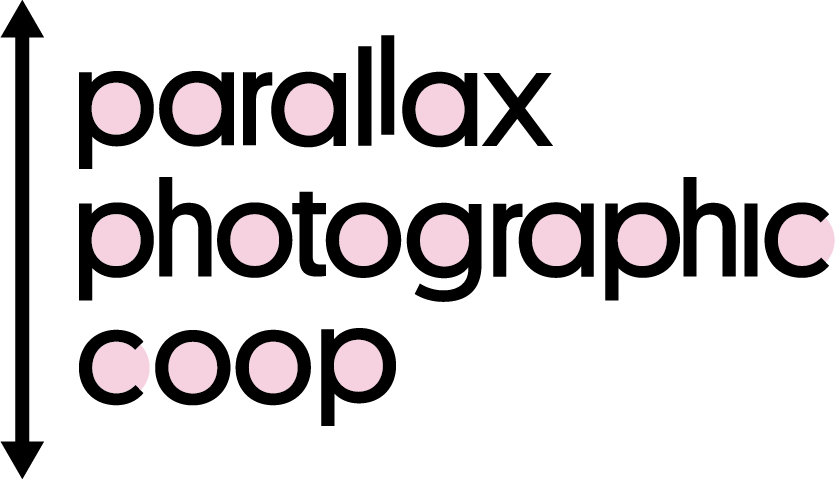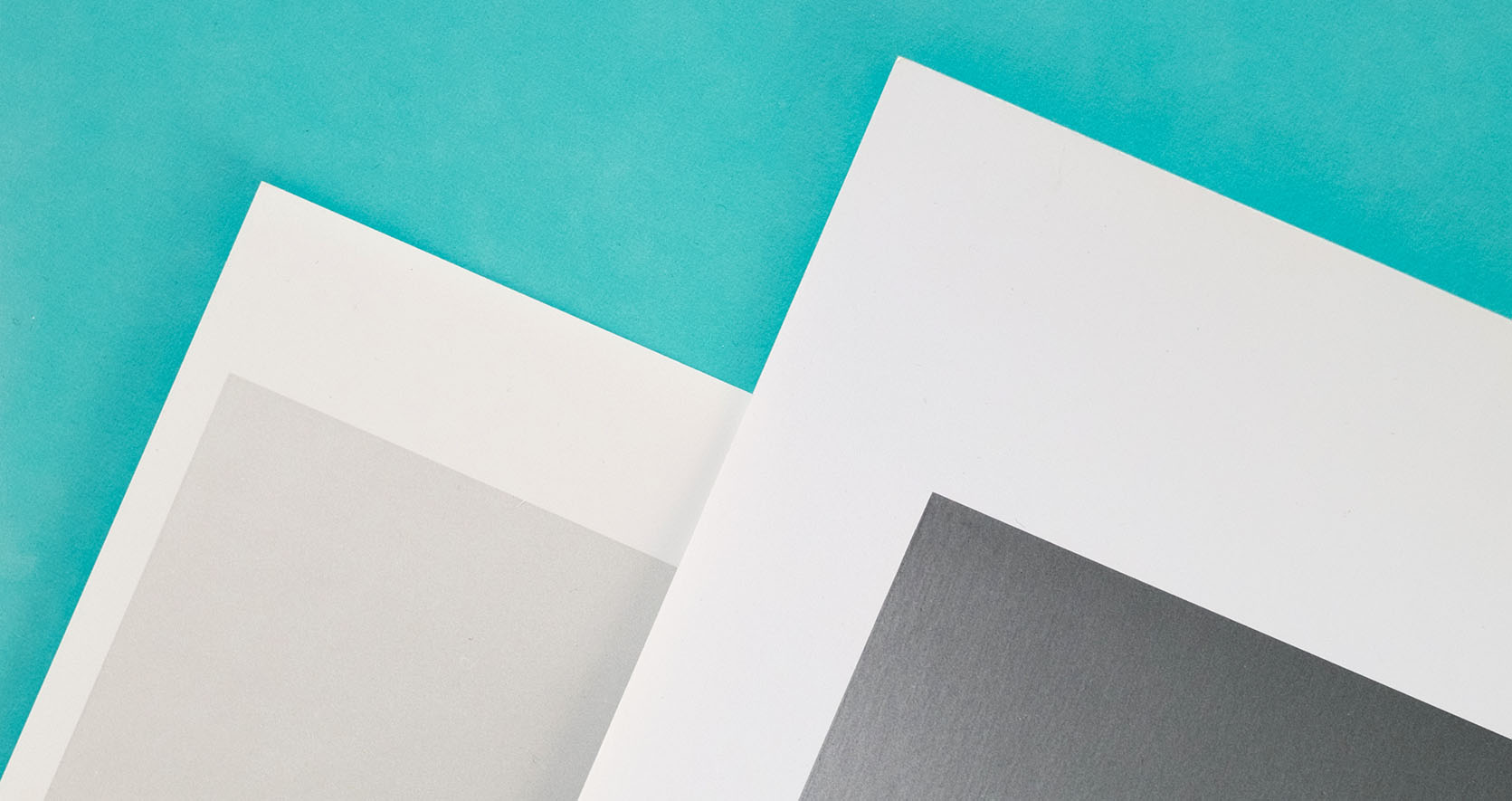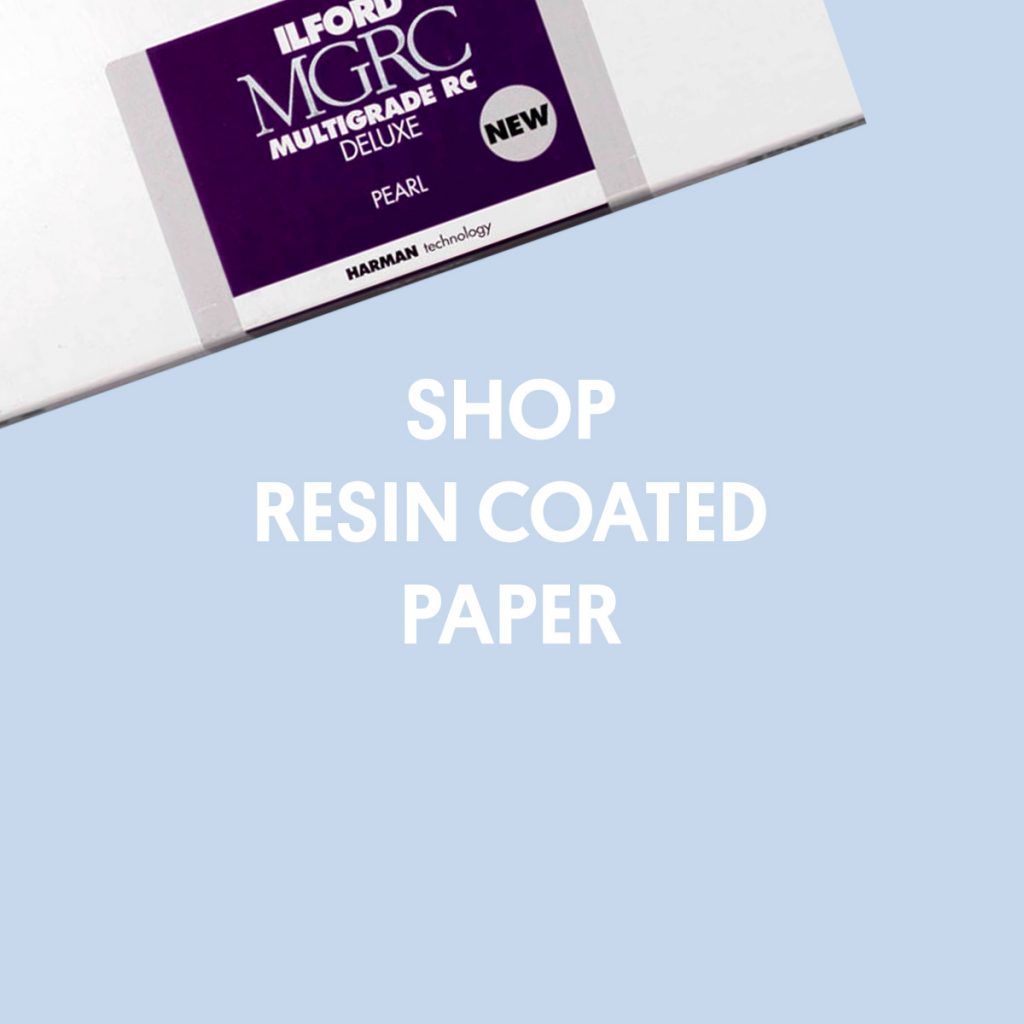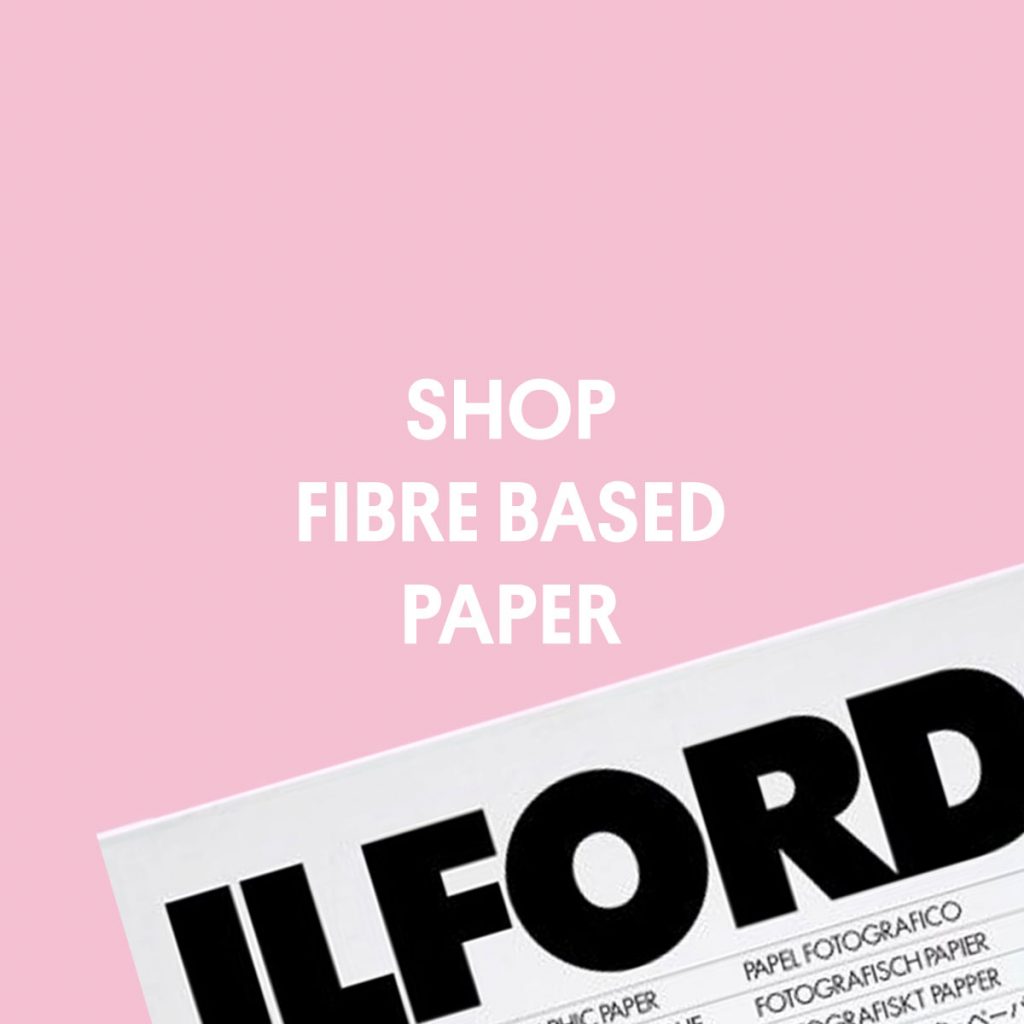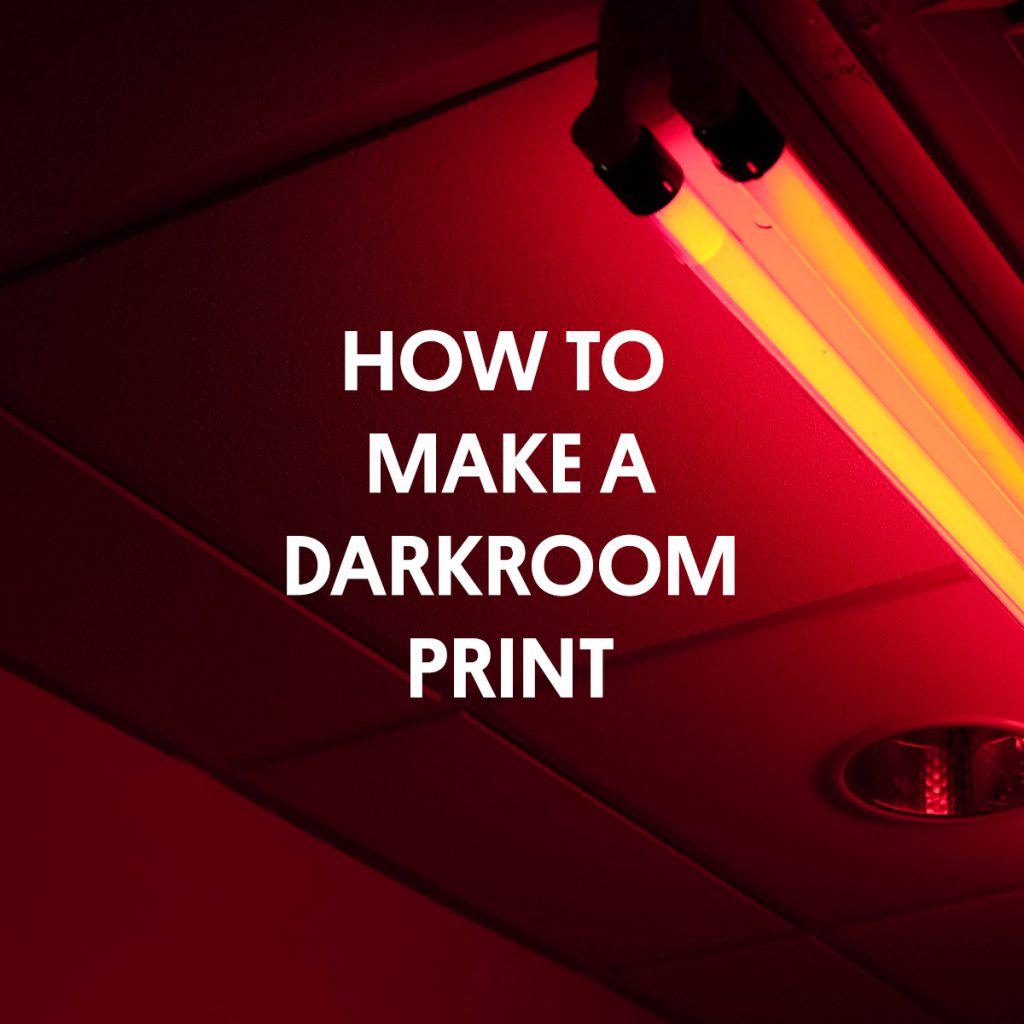The Difference Between Resin Coated And Fibre Based Paper
If you are heading into the darkroom, you will need to know the difference between Resin Coated and Fibre Based paper.
Before you go into the darkroom to make black and white prints you will have to choose a darkroom paper to print on. The first decision you will have to make before you think about the tone and surface of the paper is to decide if you’re going to print on Resin Coated or Fibre Based. So, what is the difference between resin coated and fibre based paper? Traditionally resin paper was used for contact sheets, proof prints, and snapshots, with fibre the go-to paper for exhibition prints.
Resin Coated Paper
Resin paper is generally thinner than fibre. It usually weights around 190gsm. The paper is sealed between layers of polyetherine, with the emulsion and a supercoating on top. As the paper is completely sealed in the resin layers it never absorbs any liquid. This is why resin coated paper is quick to wash, the chemicals never permeate the paper itself. The advantage is that the paper will dry very quickly, and flat. Which is helpful if you want to work fast.
There is a downside though. Because the layer of emulsion sits on top of the
A box of Ilford Multigrade Resin Coated Pearl 8×10 is a good place to start.
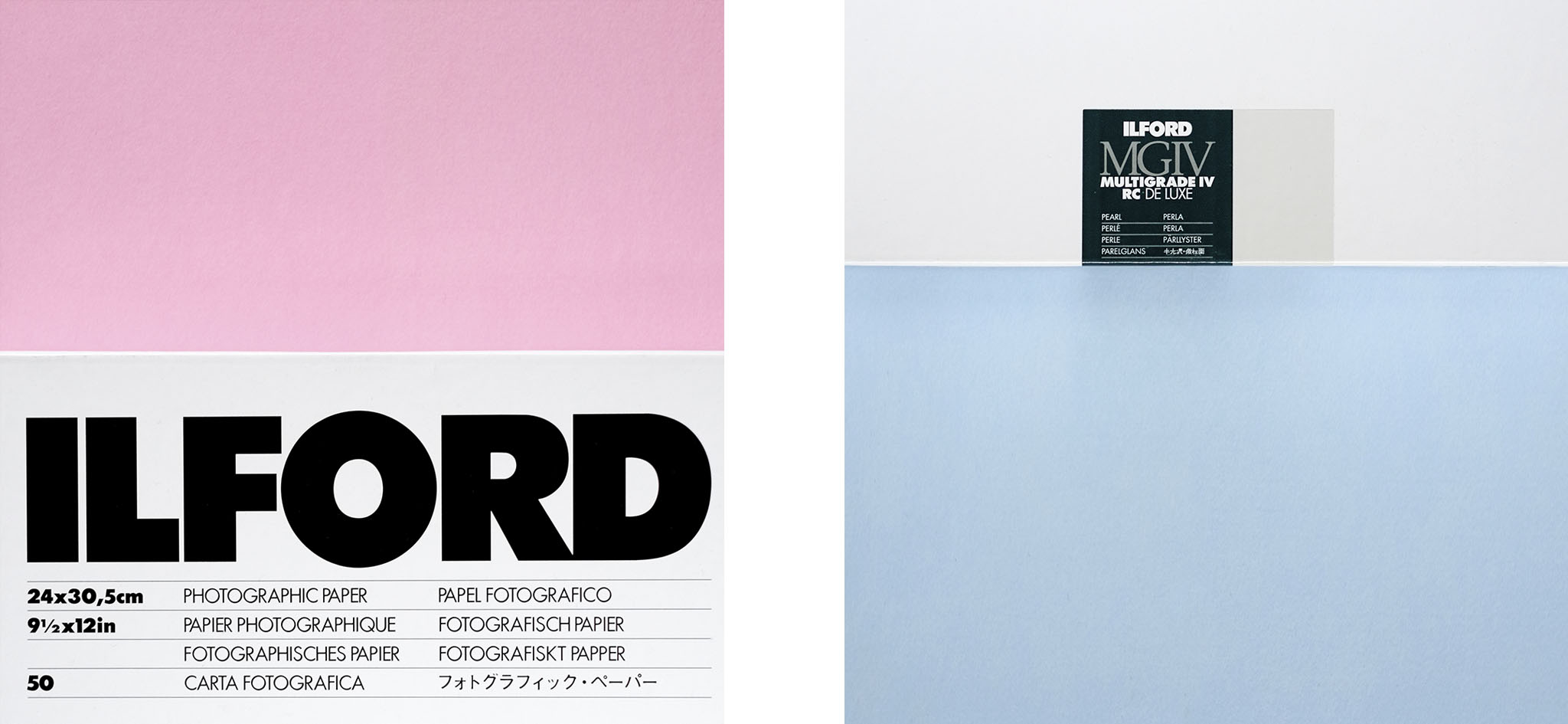
Fibre Based Paper
Fibre paper generally has a thicker base than resin. With a weight around 255gsm or higher. The heavier weight is sometimes referred to as “double weight”. Another term you might have seen is Baryta. This just another name for Fibre Based paper. Which comes from the layer of baryta (barium sulphate) applied to the paper base before the emulsion. Baryta will give the paper a whiter base, brighten the image and bring out the tones, as well as provide a ground for the emulsion. On fibre the emulsion is able to sit in the grain of the paper, giving the image more depth and richness compared to prints on resin coated paper.
Because the paper is exposed, chemicals are absorbed as it develops. This means it will need a longer time to wash and dry. The emulsion layer, however, will dry more quickly than the paper, which will result in curling. Once the print is dry it can be flattened. You can do this by using a Drum Dryer or simply by putting it under something heavy.
A pack of Ilford Multigrade Fibre Based Classic Glossy 8×10 is a good place to start.
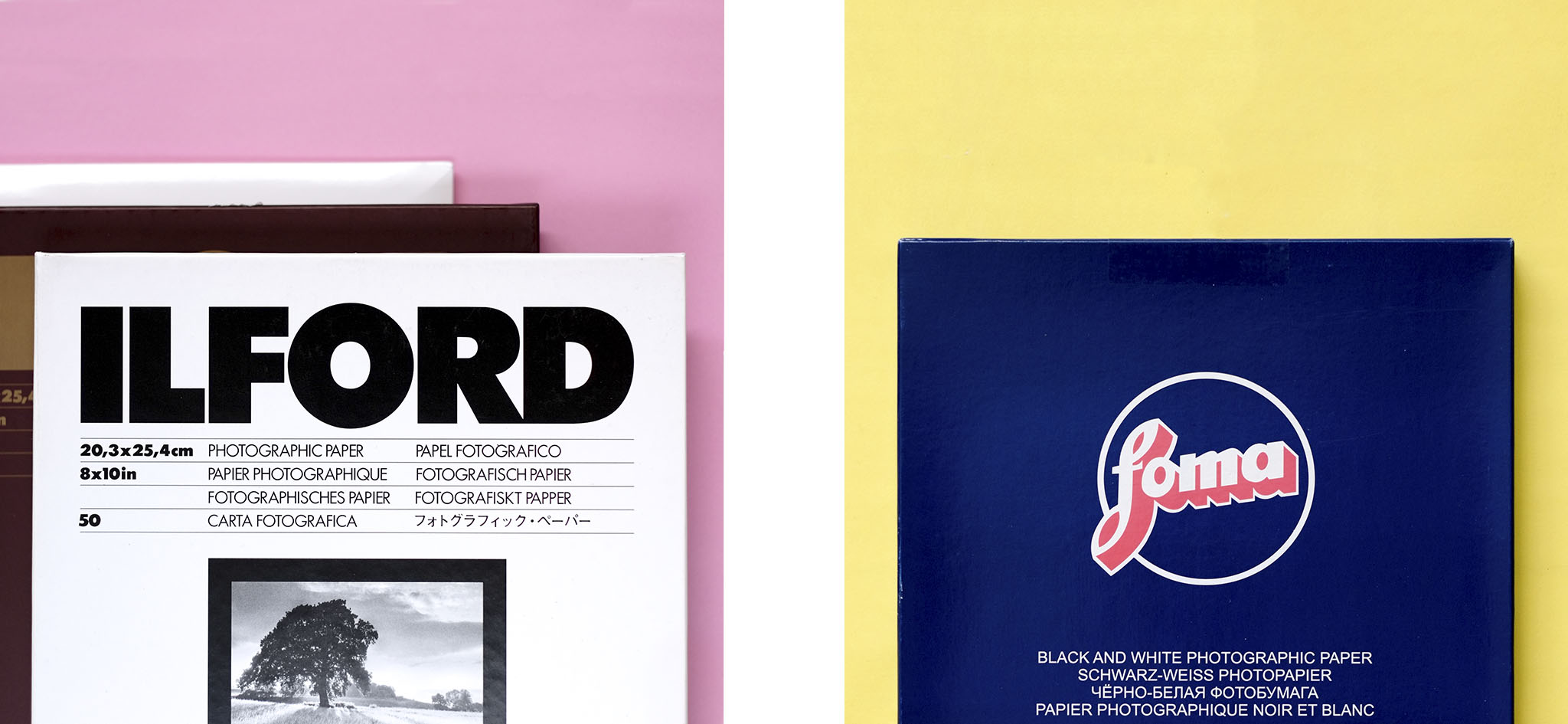
So What Paper Should You Pick?
There is no right or wrong paper to print on, it’s up to you. Resin Coated is a popular choice because it’s slightly cheaper it allows you to experiment and print more. Whereas Fibre Based is the common choice with those producing ‘final’ prints for display or exhibition. Once you have made your choice between fibre and resin your next step is to think about tone and surface finish of the paper.
You can browse the full range of Ilford and Foma darkroom papers in our shop. Once you’ve chosen your paper, have a look at chemistry and equipment.
Explore
News • Guides • Community • Film Reviews • Film Developing Times • Choose Your Film
